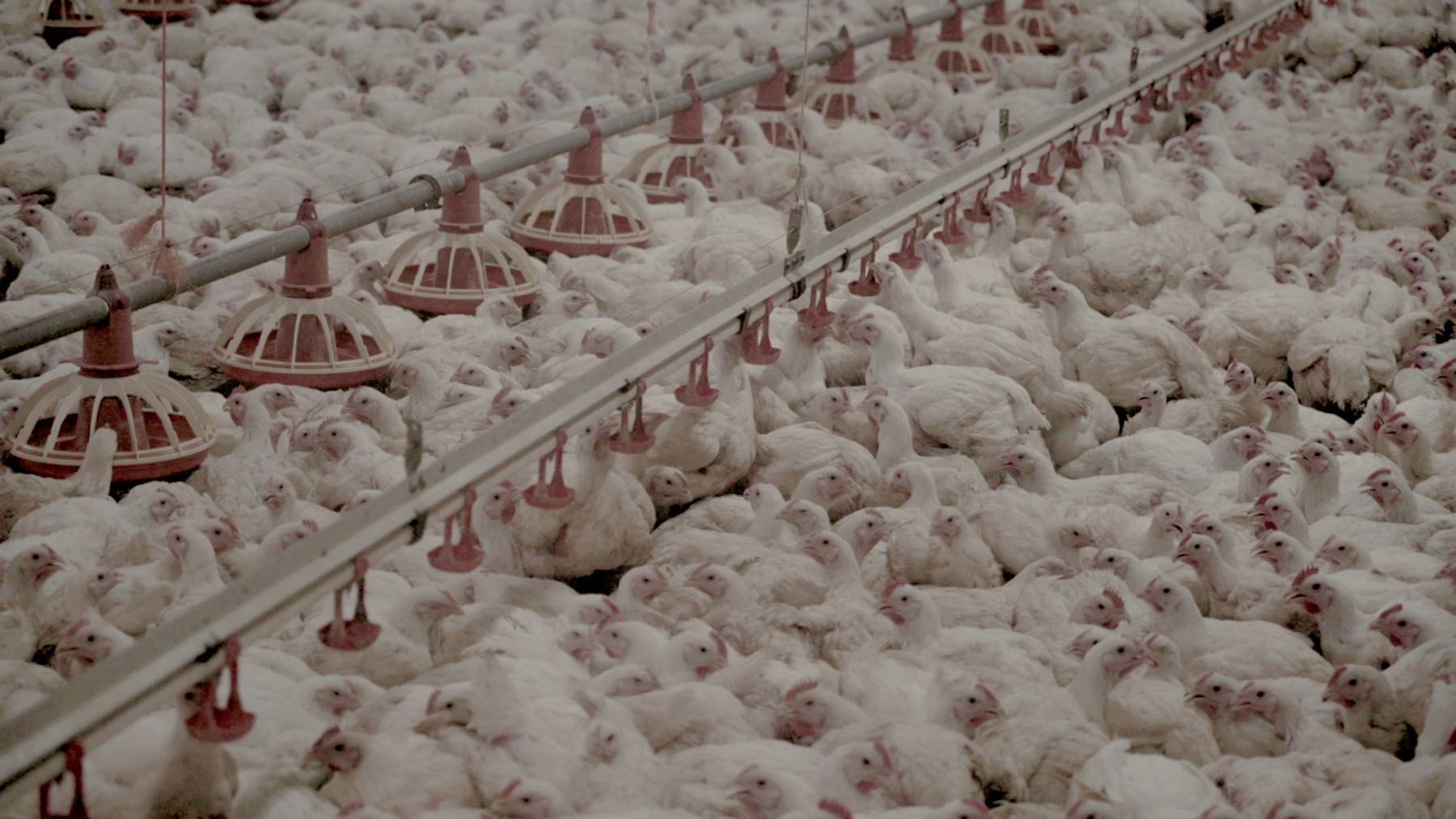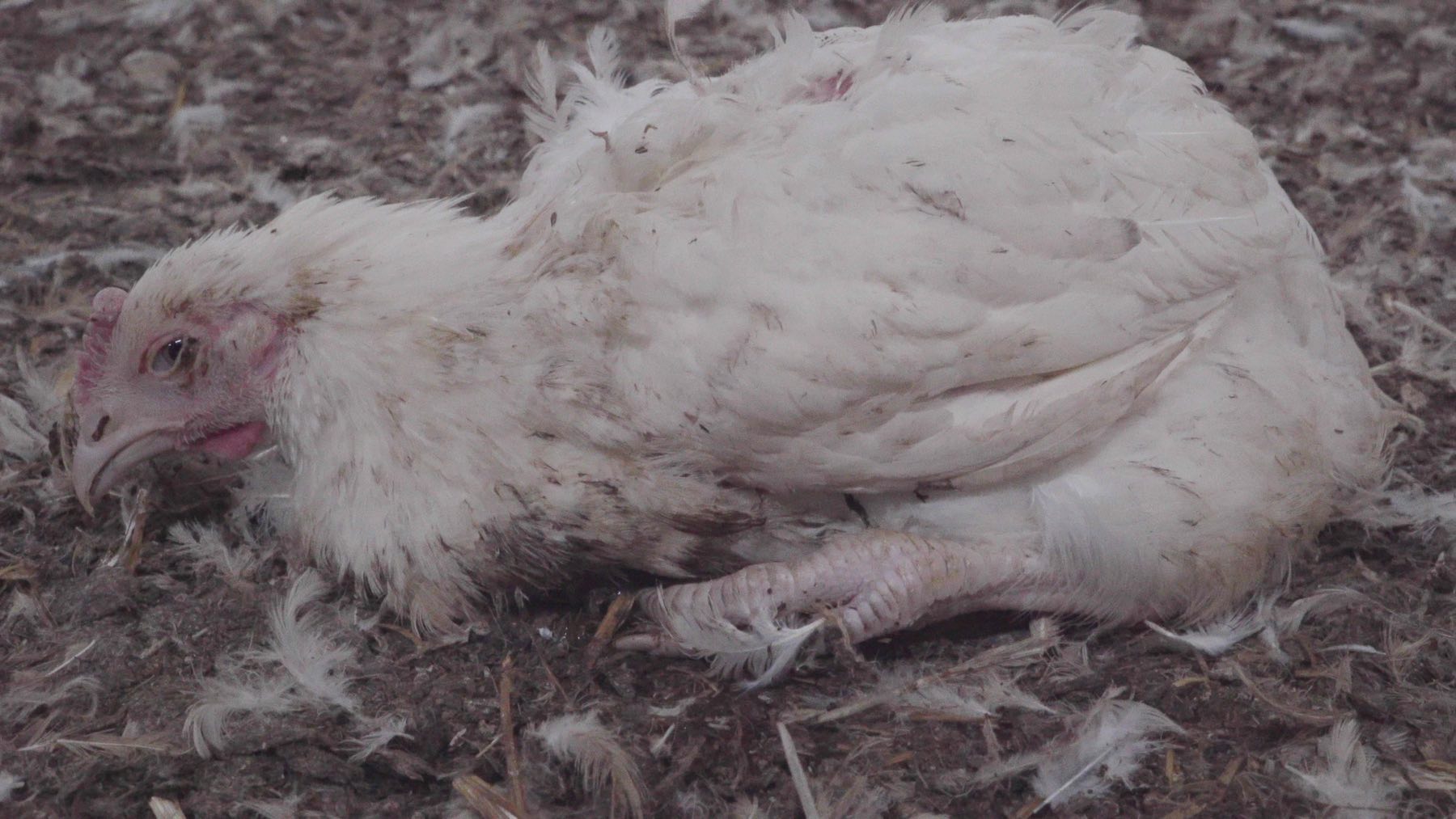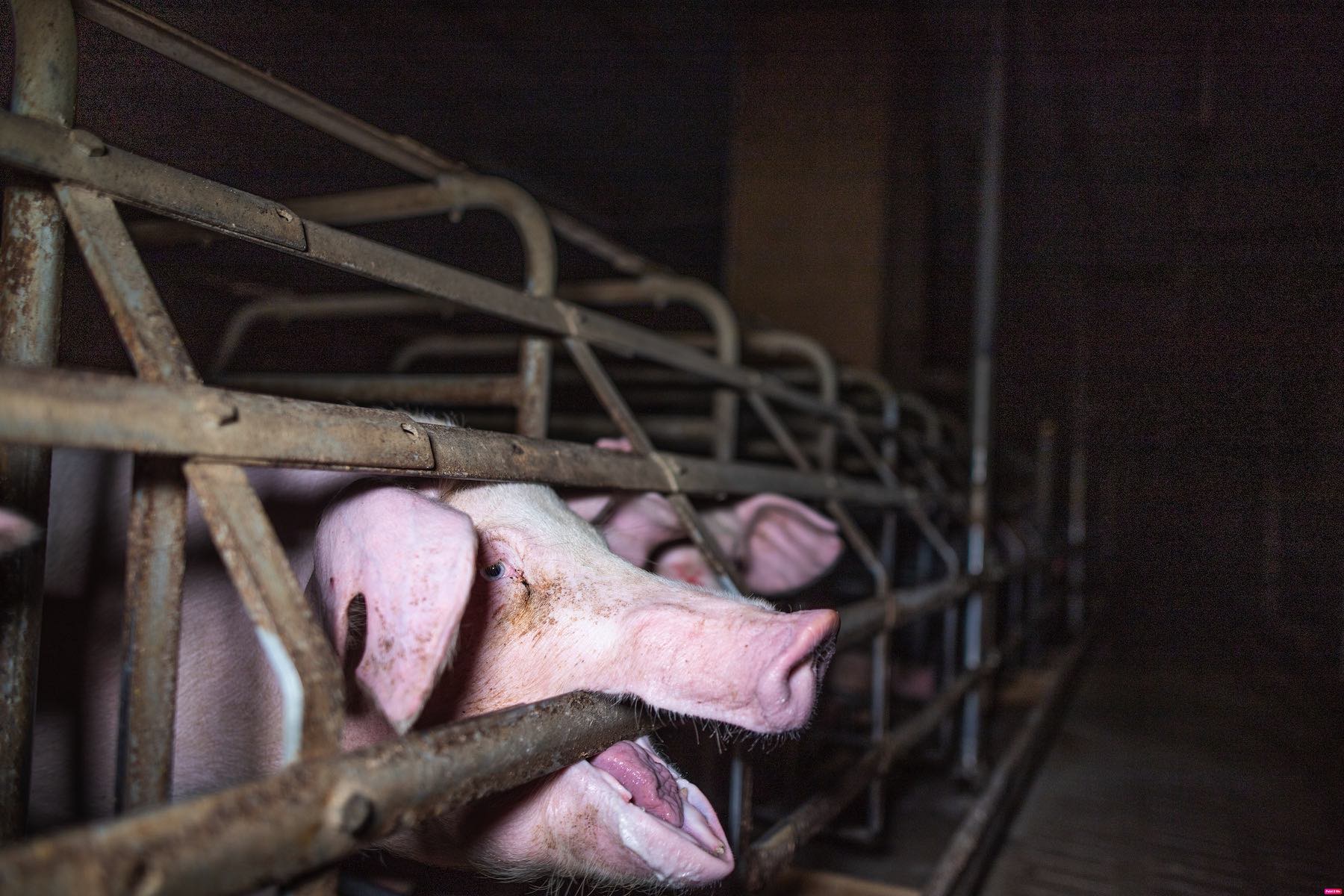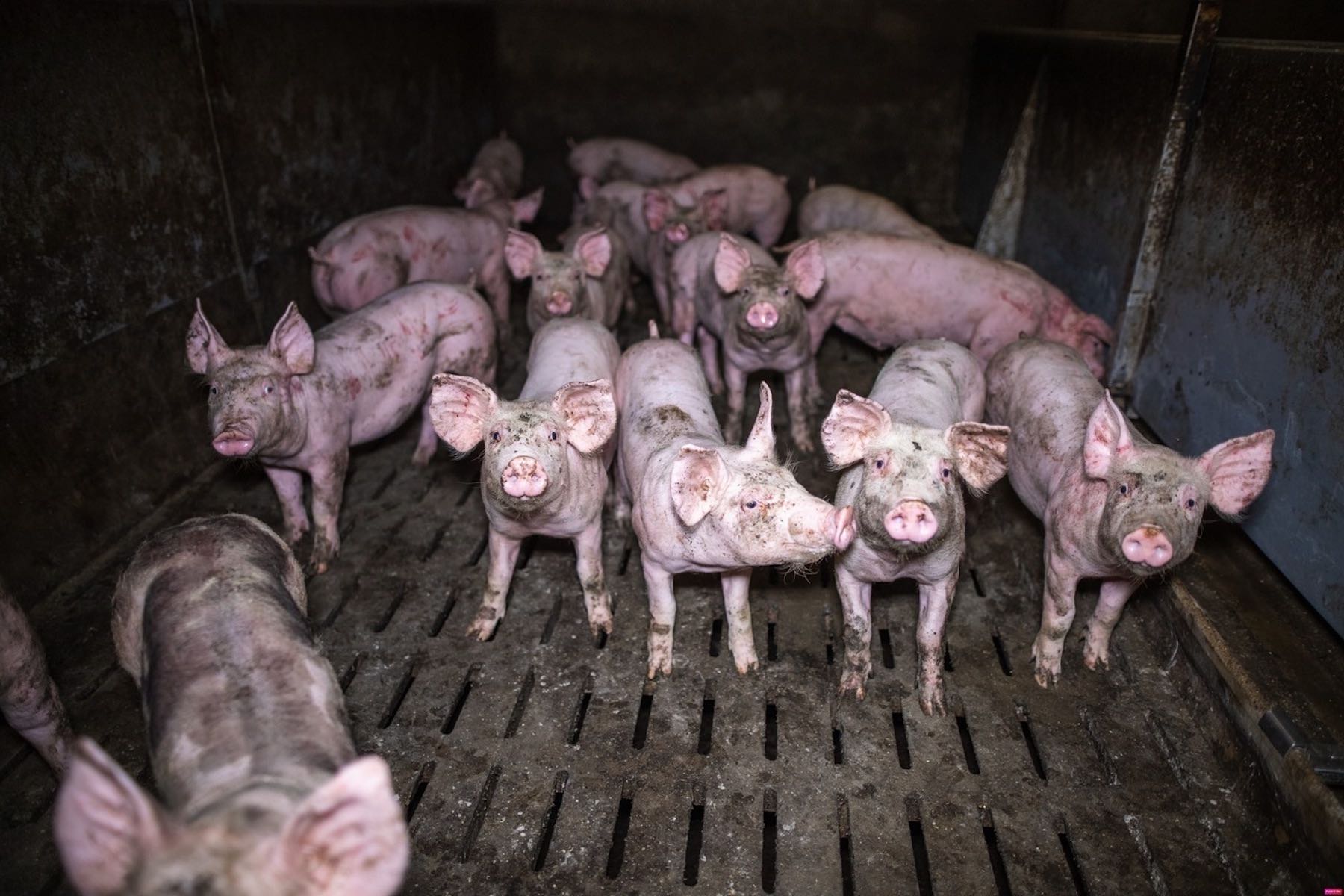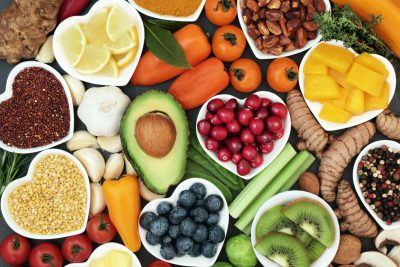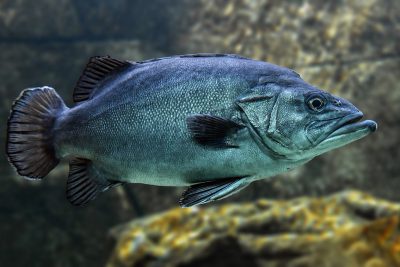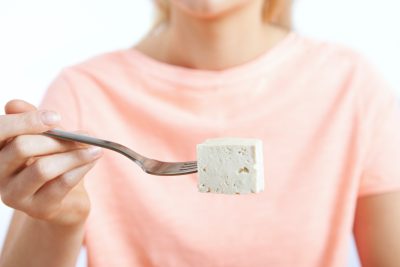Three quarters of all emerging infectious diseases come from animals. Since 60 per cent of all mammals on the planet are farmed animals – most of whom are genetically weakened and kept in stressful, sickness-inducing conditions – animal farming poses a significant risk to our health and our lives.
What Is The Definition Of A Pandemic?
According to the World Health Organization, a pandemic is the worldwide spread of a new disease. This is different to an epidemic, which is described as a disease that affects a large number of people but all within the same community, population or geographical region.
Pandemics are not rare, but nor are they commonplace. There were three influenza pandemics in the twentieth century, with the 1918 flu pandemic being the most serious. Some kill vast numbers – such as the Bubonic Plague of the 1300s – while others do not pass so easily from person to person, or if they do, they are less lethal.
Why Is Covid-19 A Pandemic?
In March 2020, The World Health Organization labelled Covid-19 as a pandemic in response to the virus’s rapid spread across the world. It had been just 11 years since the previous pandemic – swine flu – which killed up to 575,000 people globally. Covid-19 has already killed more than one million people.
What Is A Zoonotic Disease?
Zoonotic diseases are those which originate in non-human animals and pass to people. Three quarters of all emerging infectious diseases come from animals, and our treatment of non-human species is behind many of these pandemics. When we destroy their habitats, when we capture, sell and exploit wild animals, and when we lock animals inside factory farms, we create ideal conditions for pathogens to jump the species barrier and harm us.
Where Does Most Of The Meat Come From?
Almost all meat eaten in the US – and across most of the rest of the world – comes from animals who were reared in factory farms, also known as CAFOs (concentrated animal feeding operations).
As Jonathan Safran Foer and Professor Aaron Gross write: “The meat that we eat today overwhelmingly comes from genetically uniform, immunocompromised, and regularly drugged animals lodged by the tens of thousands into buildings or stacked cages – no matter how the meat is labelled.”
They identify chicken farms as the most dangerous farming system, describing them as the “Silicon Valley of viral development”. Viruses mutate so readily on chicken farms because each shed has tens of thousands of genetically weak animals crammed together in unsanitary conditions. It should come as no surprise that the devastating 1918 flu that killed 50 million people was a bird flu.
How Animal Farming Creates The Ideal Conditions For Disease
Imagine someone you know has a serious contagious illness. What would be the best way to contain it?
Not by putting that sick person in a room with 50,000 other people, all of whom are already weak, and denying them individual care and medical treatment! But this is exactly what happens on factory farms.
Animals are bred for certain traits – fast growth in birds reared for their meat; large milk yield in cows used for dairy; large litter sizes for sows whose offspring will be slaughtered for their flesh. But breeding in these traits creates weaknesses elsewhere, in the same way that breeding in specific physical traits in dogs creates breed-specific illnesses and conditions.
We know this, and yet we take billions of weakened chickens who can barely live six weeks without a vast input of antibiotics and other drugs. We cram them into sheds and deny them fresh air and sunlight, and anything at all to occupy their minds and bodies. So when (not if) a virus or other pathogen emerges, it passes through the entire stressed, sick and weakened flock like wildfire.
And it’s not just chicken farms; some researchers fear that pig farms could be even more of a danger. Gregory Gray, an epidemiologist at Duke University in North Carolina, for example, points out that pigs are the ideal mixing vessels for flu viruses because the animals are susceptible to not only swine flu, but also avian and human influenza. If more than one virus infects a single cell, they can swap genetic segments, and that could give rise to an entirely new virus for which no human or animal has immunity.
Viruses mutate constantly, and it would not take much for one like the already deadly H5N1 to become highly transmissible, killing millions.
How Are Zoonotic Diseases Spread To Humans?
Diseases can be spread from non-human animals to people through direct contact, through indirect contact (such as touching contaminated surfaces), and through vectors such as biting insects.
They can also be foodborne, that is we ingest the pathogens when we consume infected meat, milk or eggs.
Some zoonotic diseases affect just the infected person and stop there, while others can then pass from person to person, causing an outbreak, an epidemic or a pandemic.
What You Can Do To Prevent Zoonotic Disease Pandemics
Many species of non-human animals harbour pathogens that cause them no harm but can make people sick, or worse. To prevent these bugs infecting people, we need to fundamentally change our relationship with animals. It is crucial that we leave wild animals in their natural environments, which means an end to consuming them, hunting them for recreation, trapping them for fur, caging them for their body parts, and incarcerating them in zoos and aquaria.
That will significantly reduce the transmission of pathogens to people from wild animals, but that is just half the problem. We must also stop purpose-breeding non-human animals for meat, milk and dairy. These genetically weakened breeds of animals are further sickened by the way they are forced to live. It is too easy for pathogens to grow in – and spread from – intensive farms.
To protect ourselves from viruses and other pathogens, we must end our consumption of animal products, and choose healthy, sustainable plant-based foods instead.
Conclusion
There is a much-loved song by the band Radiohead which has the lyrics: “You do it to yourself, you do, and that’s what really hurts.” As far as we know, they did not write it about global pandemics and yet the lyrics fit perfectly.
We have known for a very long time that many serious infectious diseases originated in animals. This is not news! Measles, whooping cough, typhoid, leprosy, and many other diseases that have blighted human lives originated in animals.
If the 1918 pandemic which killed millions of people didn’t teach us about the dangers of avian flu, you might think that one of the avian or porcine flu pandemics since then would have shocked us into changing our ways. So, far, they have not.
Instead, we have taken the reckless path of actually increasing our exploitation of animals, notably with the relatively recent advent of factory farming. Decades of campaigning against these farms intensifies, with scientists and public health experts adding their voices to those of environmentalists and animal campaigners. But still, more and more farms are being built.
So, how do we change things?
We start with ourselves. We minimise our own contribution to pandemics by switching to a plant-based diet, and from there we educate others, while at the same time raising our voices and lobbying for change on a broader level.
Find out more about trying vegan and download our free Health & Nutrition Guide, Vegan Starter Kit and some of our favorite plant-based recipes.


